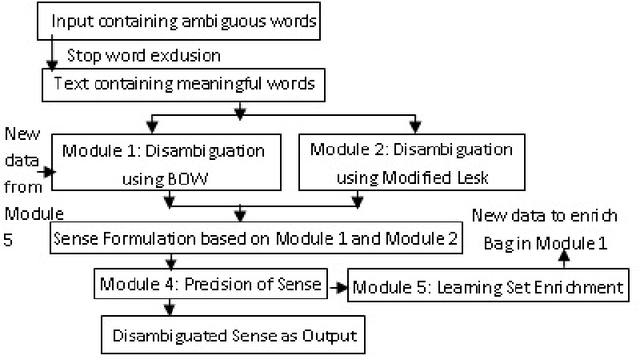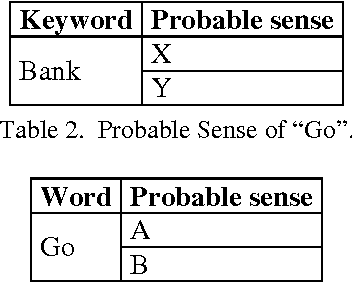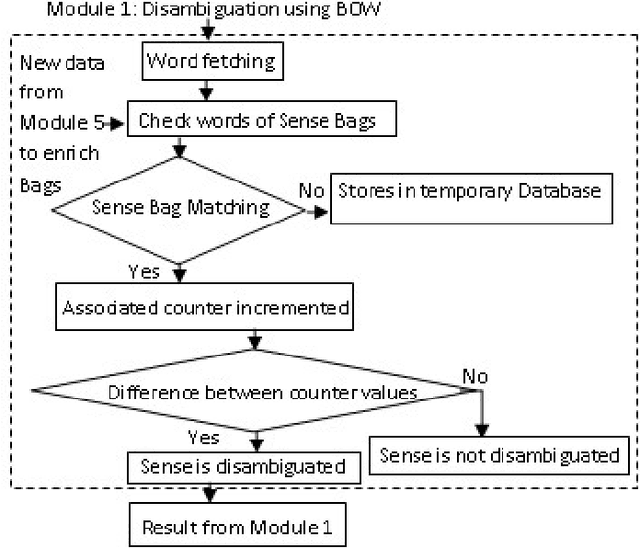Raj Shekhar
Iterative Graph Neural Network Enhancement via Frequent Subgraph Mining of Explanations
Mar 12, 2024Abstract:We formulate an XAI-based model improvement approach for Graph Neural Networks (GNNs) for node classification, called Explanation Enhanced Graph Learning (EEGL). The goal is to improve predictive performance of GNN using explanations. EEGL is an iterative self-improving algorithm, which starts with a learned "vanilla" GNN, and repeatedly uses frequent subgraph mining to find relevant patterns in explanation subgraphs. These patterns are then filtered further to obtain application-dependent features corresponding to the presence of certain subgraphs in the node neighborhoods. Giving an application-dependent algorithm for such a subgraph-based extension of the Weisfeiler-Leman (1-WL) algorithm has previously been posed as an open problem. We present experimental evidence, with synthetic and real-world data, which show that EEGL outperforms related approaches in predictive performance and that it has a node-distinguishing power beyond that of vanilla GNNs. We also analyze EEGL's training dynamics.
A Hybrid Approach to Word Sense Disambiguation Combining Supervised and Unsupervised Learning
Nov 19, 2015



Abstract:In this paper, we are going to find meaning of words based on distinct situations. Word Sense Disambiguation is used to find meaning of words based on live contexts using supervised and unsupervised approaches. Unsupervised approaches use online dictionary for learning, and supervised approaches use manual learning sets. Hand tagged data are populated which might not be effective and sufficient for learning procedure. This limitation of information is main flaw of the supervised approach. Our proposed approach focuses to overcome the limitation using learning set which is enriched in dynamic way maintaining new data. Trivial filtering method is utilized to achieve appropriate training data. We introduce a mixed methodology having Modified Lesk approach and Bag-of-Words having enriched bags using learning methods. Our approach establishes the superiority over individual Modified Lesk and Bag-of-Words approaches based on experimentation.
 Add to Chrome
Add to Chrome Add to Firefox
Add to Firefox Add to Edge
Add to Edge